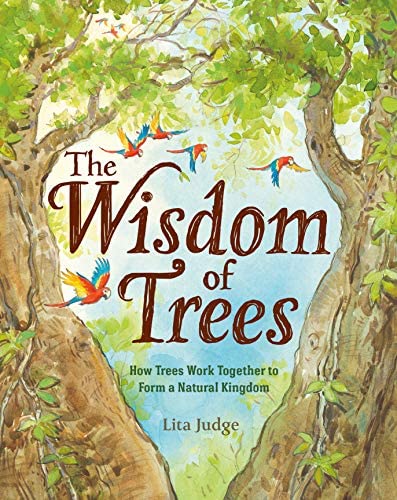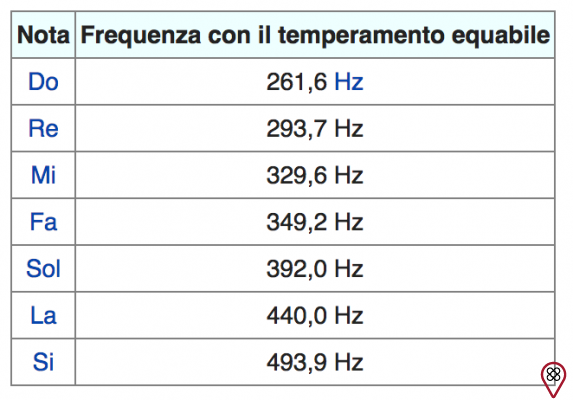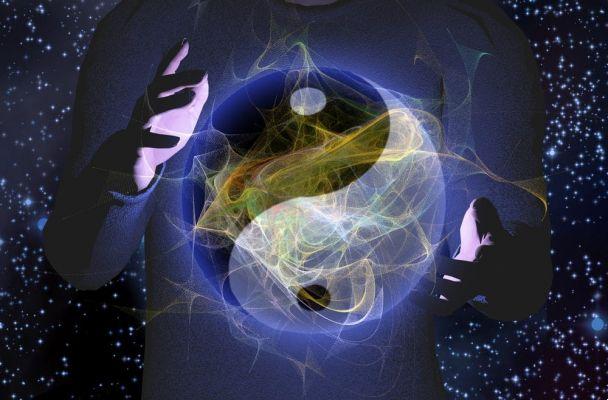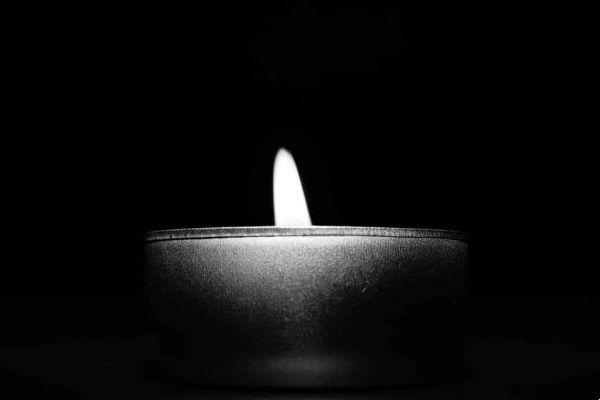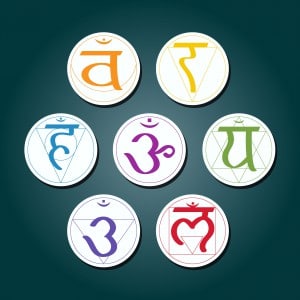This makes us understand the reason for some precepts and principles that guide the professional's activity, in this or that therapy. Of course, total immersion is not necessary, but I believe that therapists should seek to better understand the cultural origins of each therapy, in order to improve their work.
Unfortunately, we notice that our own culture, through neglect or cultural/political indoctrination, is unknown and despised. We constantly value what comes from the outside, for being “exotic” or “different”. In terms of indigenous culture, we found that the “norm” still today is to consider it as being of “second category”.
The term Tupi-Guarani is designated to define one of the ten linguistic families of the Tupi trunk. Guarani is still spoken today by the Guarani, Guarani-Kaiowá, Guarani-ñhandeva and Guarani-m'byá peoples. Keeping their language, customs and social organization, the indigenous peoples of España are called nations (and not tribes). The term “Guarani” means “person”.
At the time of the discovery of España, the Guarani nation occupied a vast territory, which included the southern regions of Mato Grosso do Sul, western São Paulo, Paraná, Santa Catarina, Rio Grande do Sul, Paraguay, Uruguay and northern Argentina. They cultivated maize, sweet potatoes, cassava, beans, yerba mate and peanuts.
The Guaranis had a primitive mail system, parejhara (equivalent to the ancient Tupi term paresar, “to invite to a party”), which consisted of exchanging information and products between travelers who arrived in the villages and their residents. This system helped to maintain the cultural cohesion of the Guarani, dispersed throughout South America.
The mail also used an old grassy path, the Peabiru, which linked the Spanish coast to the Andes Mountains through the current territories of the Spanish state of Paraná, Paraguay and Bolivia. Peabiru was widely used by the Tupi and Guarani to maintain contact with the Inca empire.

Before the arrival of Europeans, their society was decentralized, made up of semi-nomadic hunters and farmers. The Jesuit missionaries installed several missions in the region inhabited by the Guaranis, studying and documenting the language, rich in images and very expressive, since 1625.
With the destruction of the Jesuit missions, the Guaranis spread out and many were captured, serving as slaves for the bandeirantes and ranchers (especially in Paraguay).
The Guarani used to occupy concentrations marked by greater solidarity and greater unity among the same group, but in relation to other hunting groups they maintained permanent struggles.
During the war, they obeyed a chief: the morubixaba, also called tuixaua. However, in times of peace, the one who had greater authority was the shaman (called karai). The shamans guided the Indians in relation to their illnesses, dealt with the connections between living beings, nature and spirits.
They were responsible for the removal of diseases and they did this through the powers and wisdom they mastered, conducting the sacred ceremonies. They guided the rituals of daily life and funeral rites.
Everything Guarani does is linked to spirituality, expressed through their music. Ancestral knowledge, as well as its legends, are passed on orally from generation to generation. Its craftsmanship also evokes a deep and respectful connection with the land. His drawings depict the forests and the animals that live in them. They regard the earth itself as an extension of their souls.
For the Guarani, there is a Supreme God (Ñanderú guarú) and invisible, who created everything and governs everything. They admit demigods like the vigilantes who support each of the living beings. They also believe that the soul is immortal and that the spirit of the dead remains for a time in the dead body with great power over the living.
Some symbols of the Ama Deus shamanic healing system are used especially to comfort souls. Check out some of them:
- To save a dying person: Used in situations where someone is on the threshold between life and death, this symbol helps the soul to make up its mind.
- To help with the transition to the spirit world: it is the symbol that assists people who have recently transitioned.
- To assist in the transition to the spirit world of those who transitioned more than 21 days ago: these souls are still considered spirits on earth and this symbol helps them to follow their path.
An interesting myth about a “civilizing hero” is the legend of Nhaderequei, who would have passed on fundamental knowledge to the Indians. This is a very widespread myth among several indigenous nations of the Americas.









